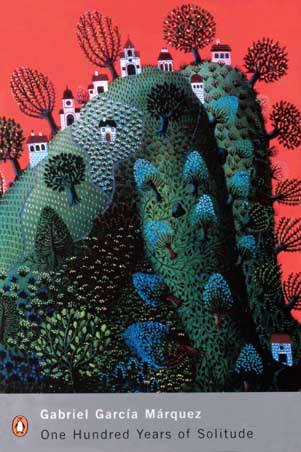As this is presumably the final blog post of the year, I decided that I would post something lighthearted (and relevant!) that I think you all might appreciate. Here is the link to a very brief interview with Salman Rushdie himself:
That's right... In the future, we can watch Midnight's Children, the Movie! Though my initial reaction to the news was skepticism at the possibility of ever doing the original text justice, I have to admit that it makes sense after brief consideration. As we said in class, Rushdie is very cinematic in his style; scenes quickly range from small, individual details to panoramic views. Just think of how he describes Bombay as its own character with actions that mirror Saleem's. Furthermore, movie references abound in Rushdie's book, likely as a result of Bollywood's importance in India. One has to respect Rushdie for making his novel into a Bollywood movie rather than a triple-A Western title. Hopefully he will have as much success as Grass did when the Tin Drum was turned into a movie (which won several awards including an Academy Award for Best Foreign Film).
Incidentally, I believe all of the Tin Drum is on YouTube in the event that any of you want to bring your year full -circle.
Time to take the Last Supper picture and get around to graduating.
Ecce Finis Laborum (Behold the end of our labors)!


